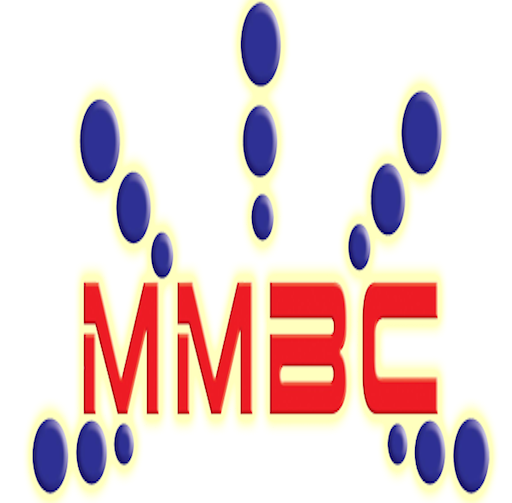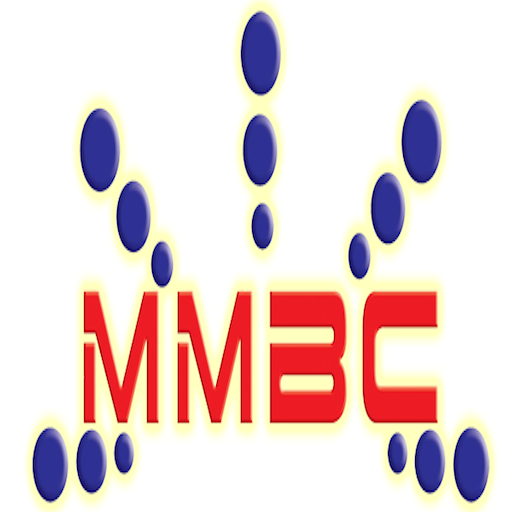On the island, we felt normal, indistinguishable from the carefree snowbirds. The Intracoastal Waterway, a veritable moat, separated the past from the future, the addiction from the recovery. Mr. Stathis said their mother, Jo-Anne Stathis, was seriously ill in November, so he withheld news of the death, hoping to inform her himself at an appropriate time. By early December, he said, he had told her and several other people, but nobody in Mr. Duress’s circle made an announcement.
- Lest you forget where you stand, the reminder is in the grumblings of emergency room staff as they Narcan you back to life because it’s their job, not because they see any point in doing so.
- While either one can be used individually, the risk for relapse is high when used alone.
- Its use for ongoing opioid use disorder treatment has been somewhat limited because of poor adherence and tolerability by patients.
Your daily dose of methadone or buprenorphine will be supervised by a drugs worker or pharmacist for at least the first 3 months. You’ll be given a key worker who will help you put together a personalised treatment plan. A person on heroin may not look like they’re “on drugs.” They may just seem sleepy. People who are addicted almost always deny that they’re using. This means it causes health problems, disabilities, and trouble at home, work, or school. Heroin is a drug that comes from a flower, the opium poppy, which usually grows in Mexico, Asia, and South America.
HHS updates opioid treatment program regulations for first time in 20 years
Medicines don’t cure your opioid addiction, but they can help in your recovery. These medicines can reduce your craving for opioids and may help you avoid relapse. Medicine treatment options for opioid addiction may include buprenorphine, methadone, naltrexone, and a combination of buprenorphine and naloxone. Heroin is an illegal drug that people use for its euphoric effects. However, it can lead to addiction and cause severe side effects and withdrawal symptoms. Treatment for heroin addiction involves medication and behavioral therapy.
- Yes, heroin overdose is certainly possible and potentially deadly.
- No matter how you take it, heroin gets to your brain quickly.
- It is an illegal substance that has no recognised medical use in the U.S.
- If you think you or a loved one has developed an addiction to heroin, talk with your doctor or another healthcare provider.
And then, like so many others in our treatment cohort, we relapsed. The following months were Baker Acts, Narcan doses to reverse overdoses, missing persons reports, and more treatment facilities. When there was heroin addiction treatment nowhere else to go, there was always a detox ready to verify my Medicaid policy. The promise of February sunshine, palm trees, and sobriety had brought us both across several state lines to South Florida.
Researchers identify brain network that is uniquely activated through injection vs. oral drug use
Treatment should be tailored to address each patient’s drug use patterns and drug-related medical, mental, and social problems. The opioid-specific aptamers were incorporated into colorimetric assays that can specifically detect opioids like heroin and oxycodone in solution at levels as low as 0.5 micromolar (μM). A colorimetric assay is a test that changes color when the compound of interest is detected. These assays were also able to detect opioids in complex chemical matrices within seconds – including pharmaceutical tablets and drug mixtures. Pure heroin (diacetylmorphine) is a white powder with a bitter taste abused for its euphoric effects. Heroin, a highly addictive drug, is derived from the morphine alkaloid found in opium poppy plant (Papaver somniferum) and is roughly 2 to 3 times more potent than morphine.

Heroin overdose is a medical emergency that requires treatment with naloxone. Heroin works similarly to other opioids by binding to the opioid receptors in the central nervous system (CNS), which consists of the brain and spinal cord. https://ecosoberhouse.com/ Heroin typically affects receptors responsible for feelings of pain and pleasure, as well as those that affect heart rate, breathing, and sleep. Unlike some other types of opioids, it has no recognized medical use in the United States.

